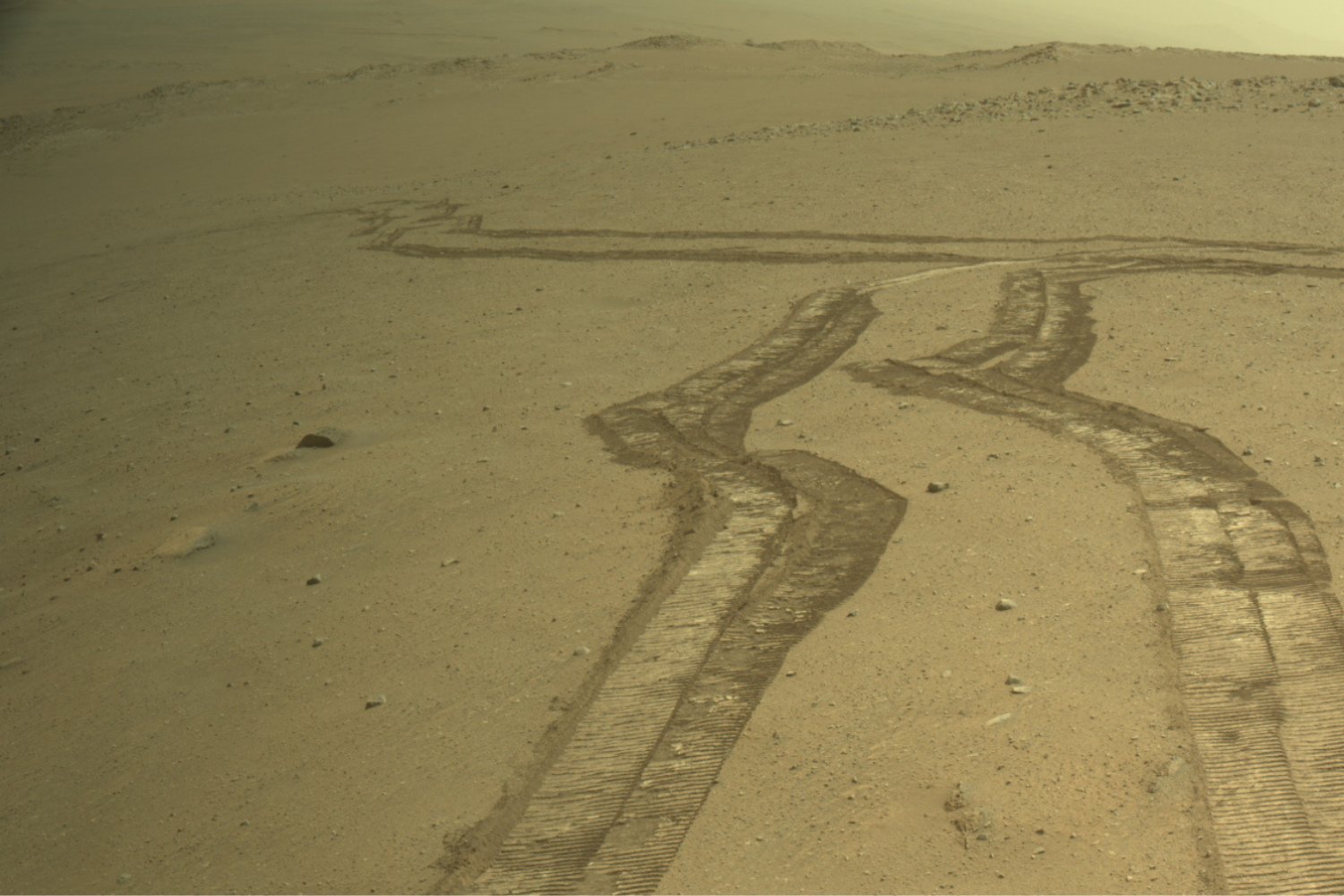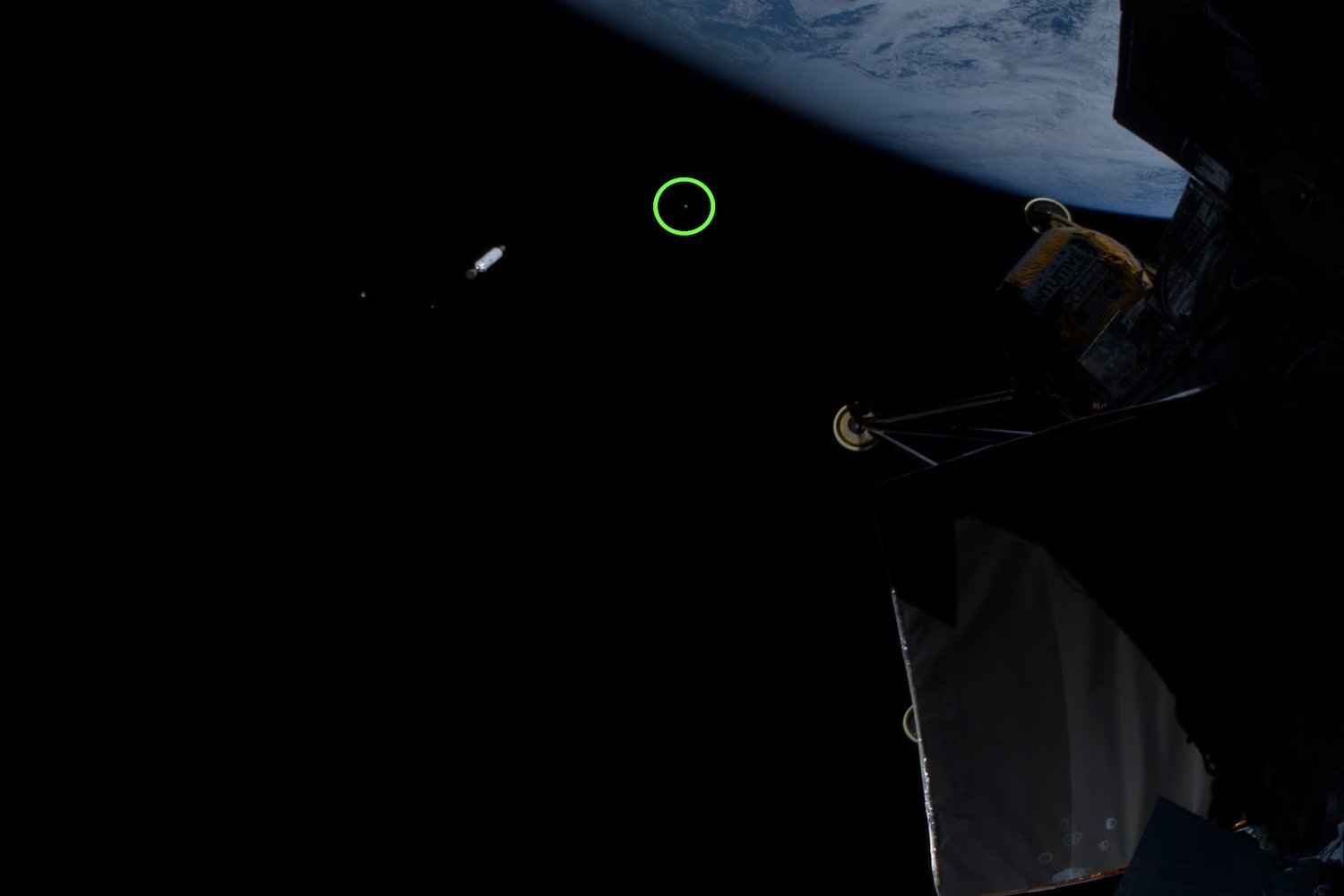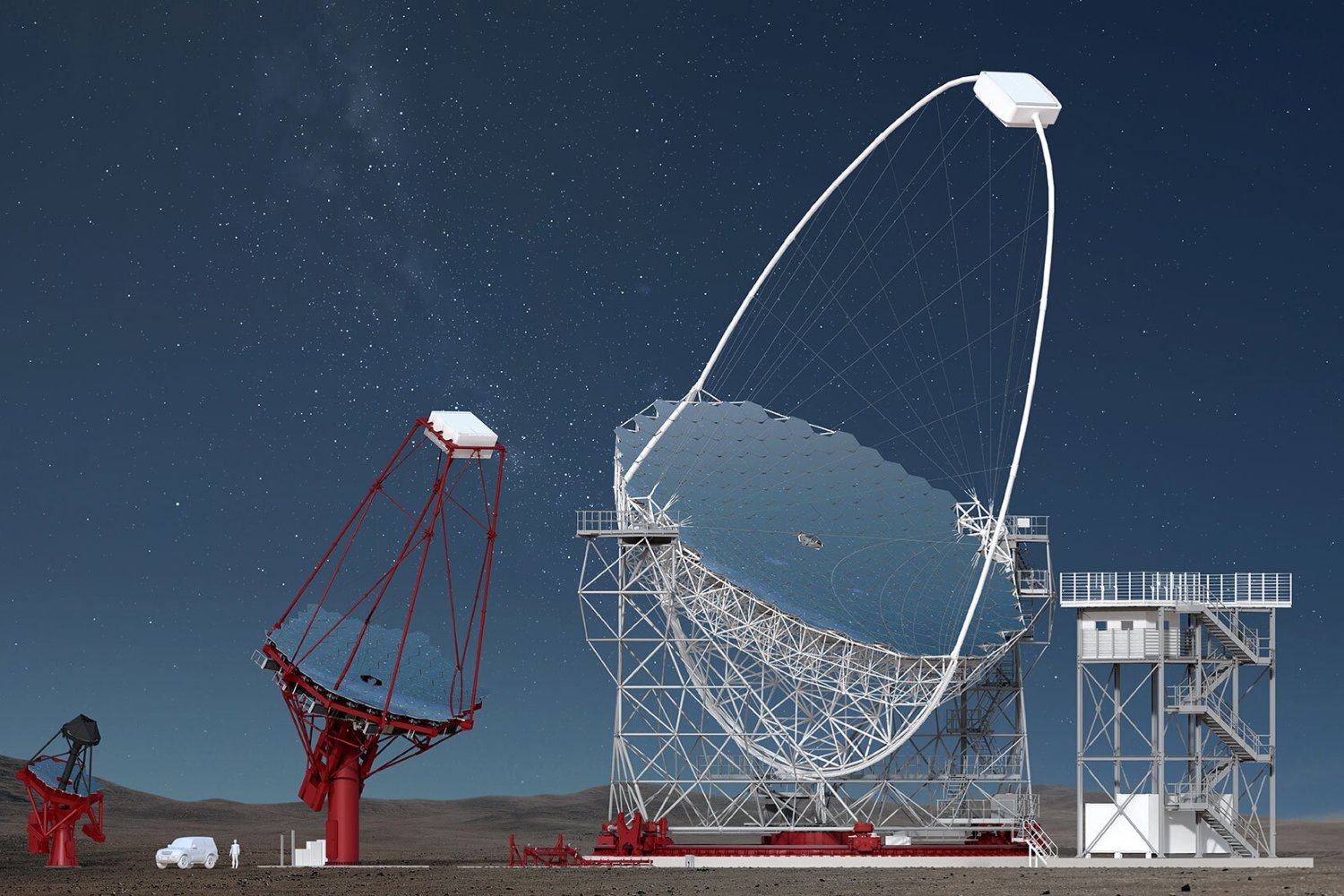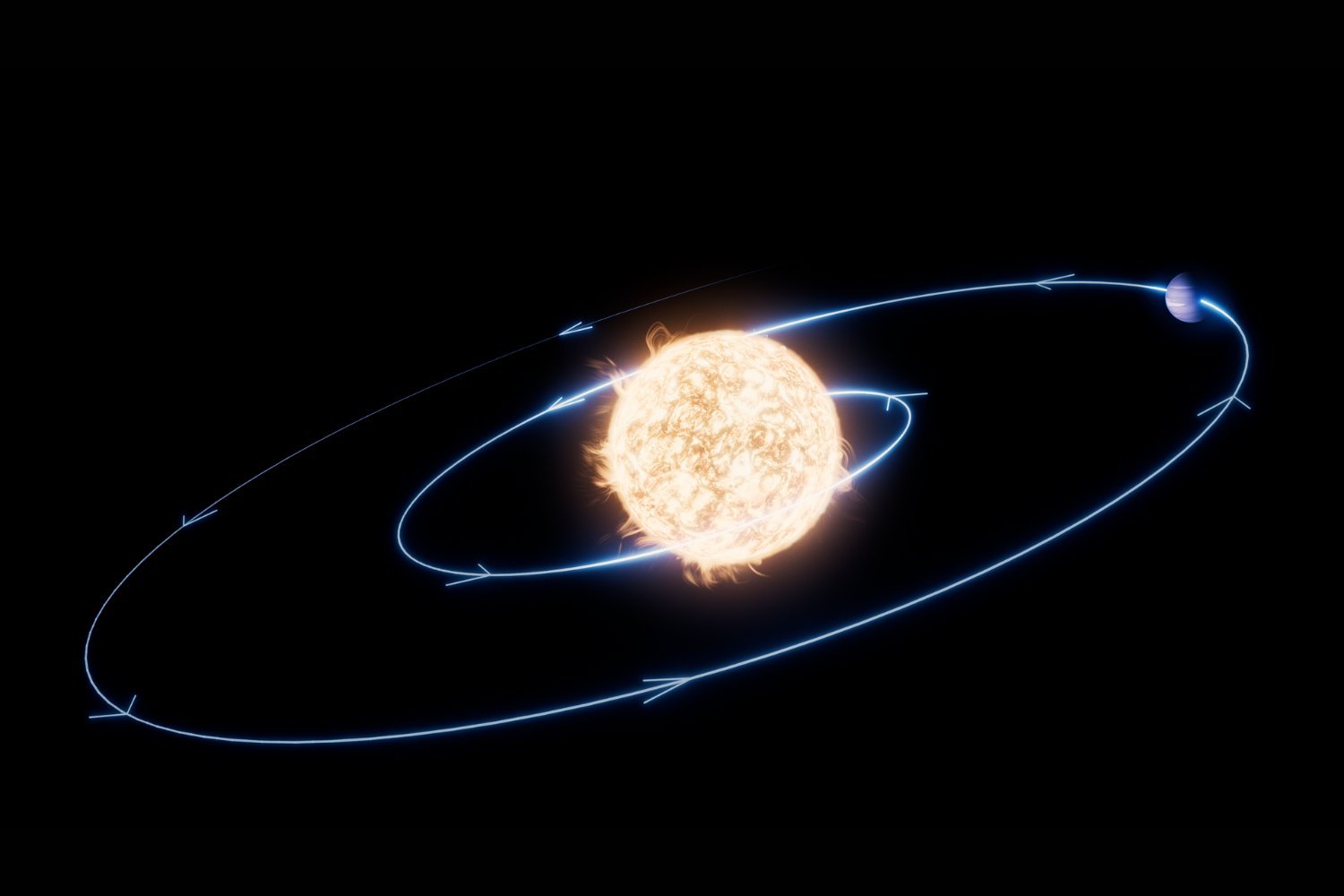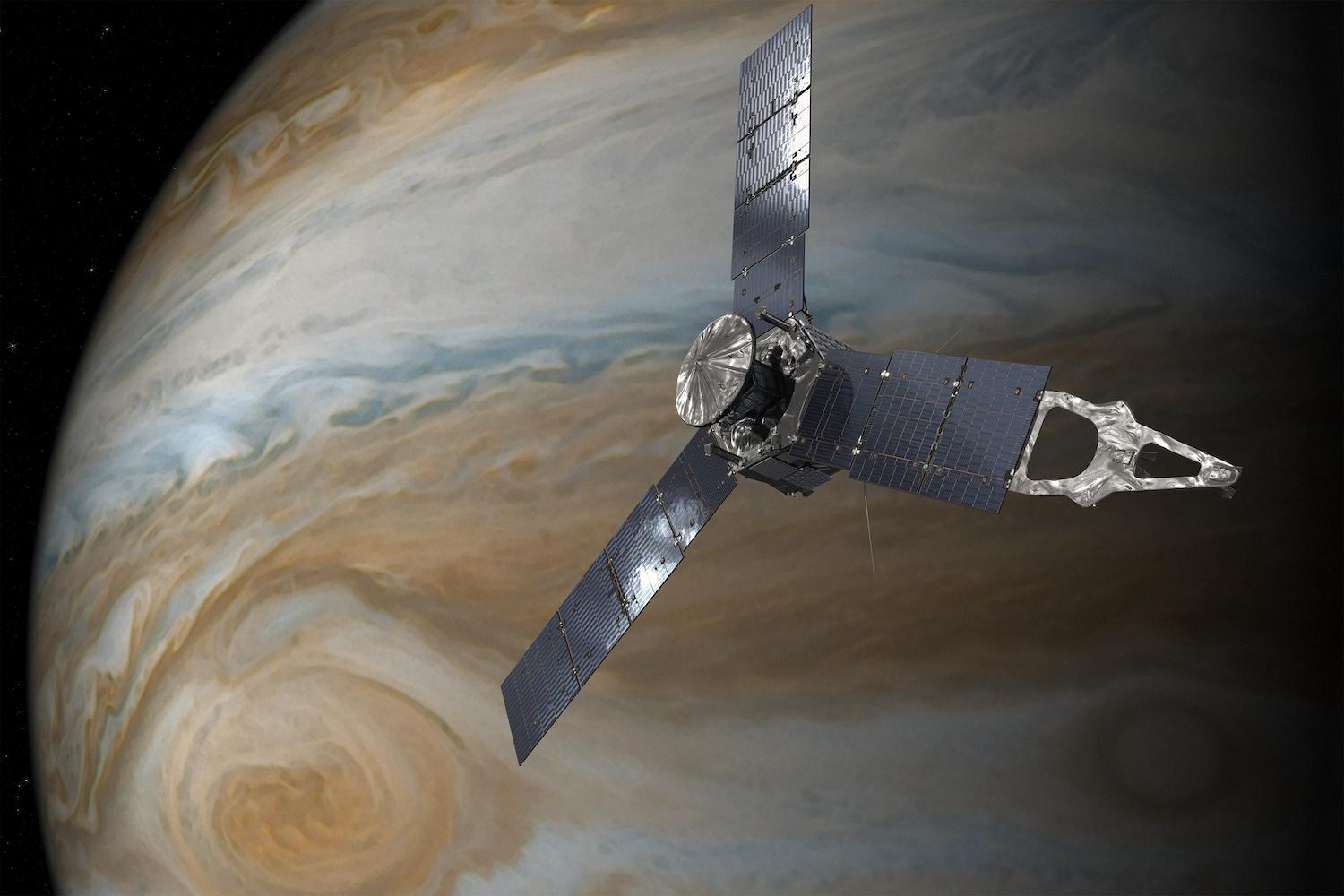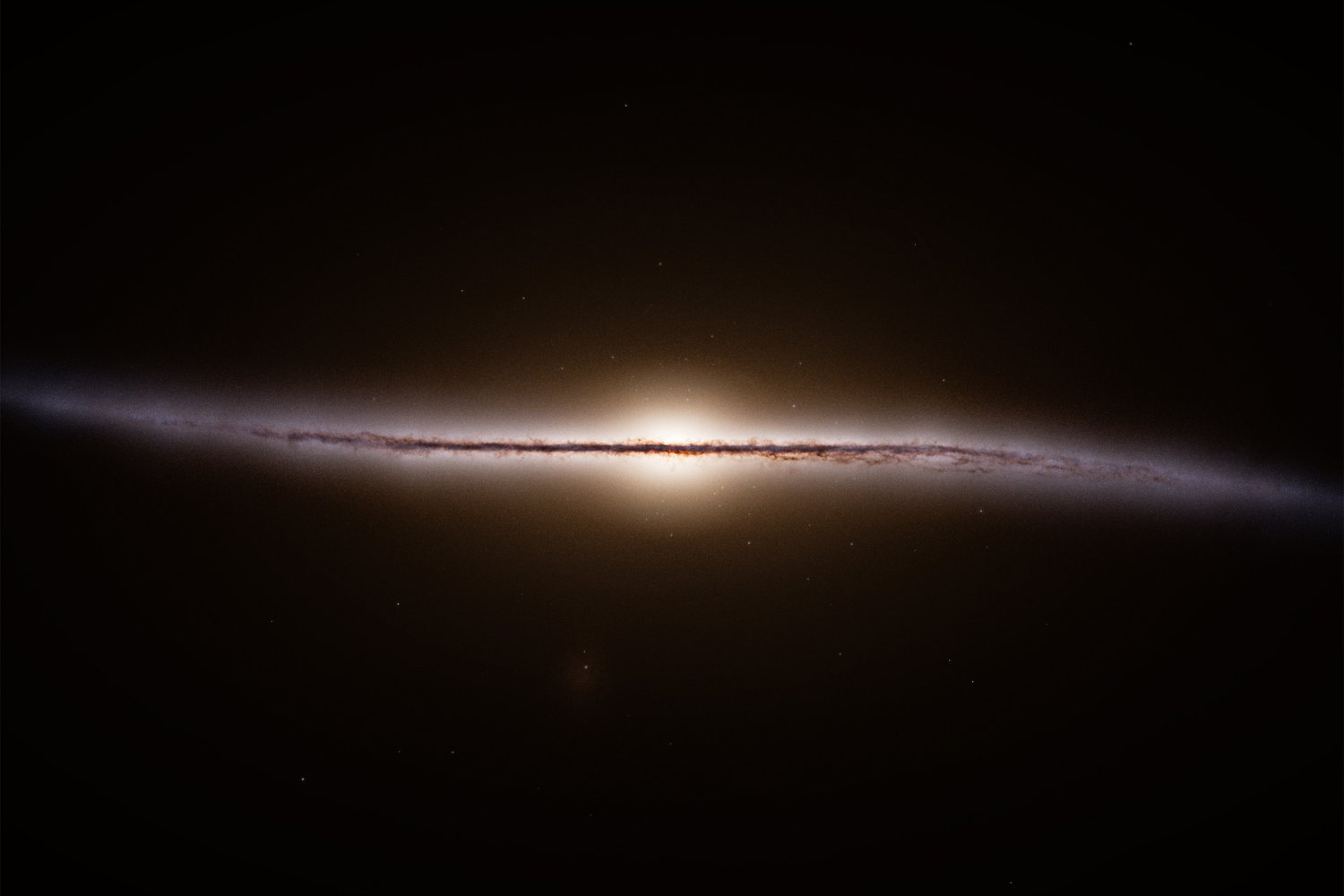Mars, a desolate world today, holds tantalizing clues about the possibility of life beyond Earth. Recent research published in the Proceedings of the National Academy of Sciences details the discovery of remarkably long carbon chains, the longest organic molecules yet found on the Red Planet. These molecules, preserved for an astounding 3.7 billion years, date back to the same period as the earliest signs of life on Earth, sparking renewed intrigue about ancient Martian biology.
Carbon Chains: Building Blocks of Life?
NASA’s Curiosity rover, tirelessly exploring Mars for years, has unearthed vital details about the planet’s ancient environment. Central to this environment is carbon, a fundamental element for life and the formation of complex molecules like DNA and RNA. The newly discovered carbon chains, containing up to 12 consecutive carbon atoms, bear similarities to fatty acids produced by biological activity on Earth, as highlighted by the French National Centre for Scientific Research (CNRS).
While not direct evidence of past life, the presence of these organic molecules offers crucial insights into the potential for biological processes on early Mars. The discovery confirms that the building blocks necessary for life as we know it existed on Mars, suggesting the planet may once have harbored suitable conditions for life to flourish.
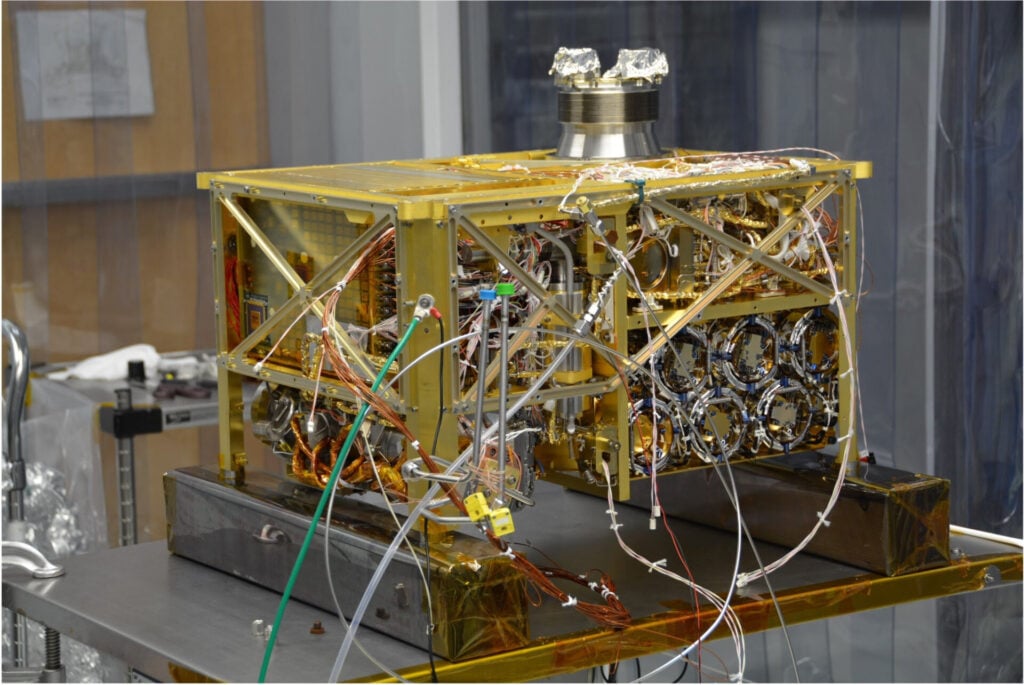 A SAM replica at NASA Goddard.
A SAM replica at NASA Goddard.
The Search for Martian Life Continues
Daniel Glavin, a senior scientist at NASA’s Goddard Space Flight Center and co-author of the study, explains that the origin of these organic molecules remains unclear. They could have resulted from geological processes like hydrothermal activity, been delivered by meteorites, or represent remnants of ancient Martian life. This discovery validates current strategies for seeking signs of ancient life on Mars, focusing on near-surface environments potentially similar to those that supported early life on Earth.
The Sample Analysis at Mars (SAM) laboratory aboard Curiosity, equipped with a gas chromatograph and mass spectrometer, enabled the identification of these molecules. While Curiosity has previously detected organic matter in Martian mudstones, this new research marks the identification of the longest carbon chains yet.
Future Missions to Unravel Mars’ Secrets
Curiosity’s ongoing mission, alongside future endeavors like ESA’s ExoMars (launching in 2028) and the joint NASA-ESA Mars Sample Return mission, will delve deeper into Mars’ ancient composition. These missions aim to assess the potential for ancient life on the planet’s surface and uncover whether the chemical building blocks, like amino acids, carboxylic acids, and nucleobases, known to be present in the solar system and delivered to Mars, ever led to the development of more complex life forms.
 An image of Mars.
An image of Mars.
From Water to Barren Landscape: The Mystery of Mars’ Past
Evidence suggests that liquid water once flowed abundantly on Mars, filling vast reservoirs and lakes. Today, rovers explore these dried-up areas searching for signs of primordial life. While signs of subsurface liquid water have been detected, further investigation is needed. The 2023 discovery of preserved organic molecules by the Perseverance rover further supports the idea that conditions suitable for life once existed on Mars. New methods are being developed to enhance the search for life on Mars and potentially explain the planet’s transformation into a barren landscape.
Beyond Mars: Exploring Titan
The international teams involved in the Mars research are also developing similar instruments for Dragonfly, a quadcopter set to explore Saturn’s moon Titan in the mid-2030s. This expanded search for life beyond Earth underscores the ongoing quest to understand the origins and prevalence of life in our solar system and beyond.
This discovery of long-chain organic molecules on Mars is not definitive proof of life, but it signifies a significant step forward. It strengthens the possibility that Mars, once a water-rich world, may have harbored life in its distant past, and fuels the continuing exploration of this enigmatic planet.



